Sodium-ion batteries are set to spark a renewable energy revolution – and Australia must be ready – ET Auto
Baua Electric
JULY 22, 2024
The extent to which renewables should dominate Australia’s energy grids is a major issue in science and politics. To ensure reliable energy supplies, grids dominated by renewables need “firming” capacity: back-up technology that can supply electricity on demand. Sodium ions are bigger and heavier than lithium ions.

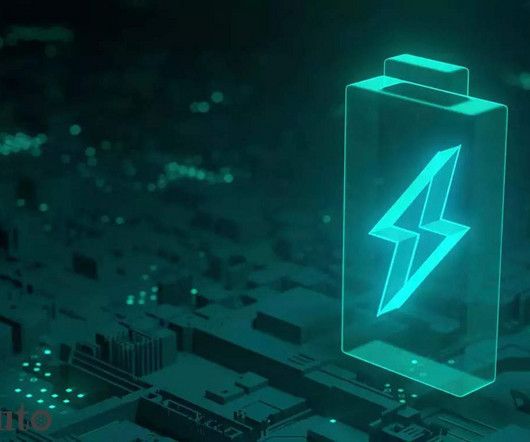
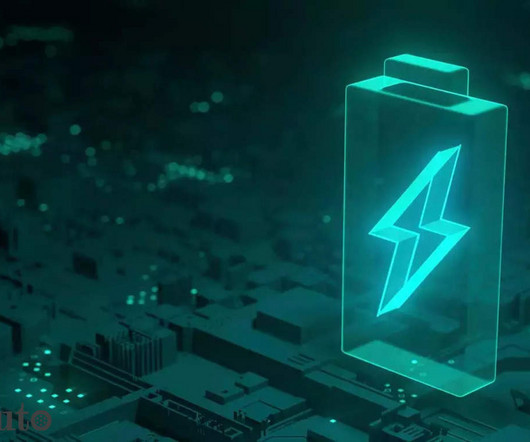
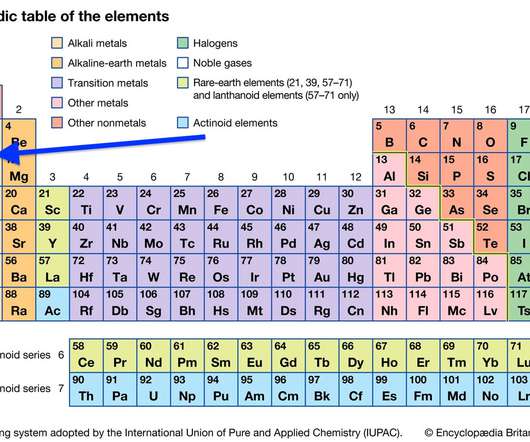
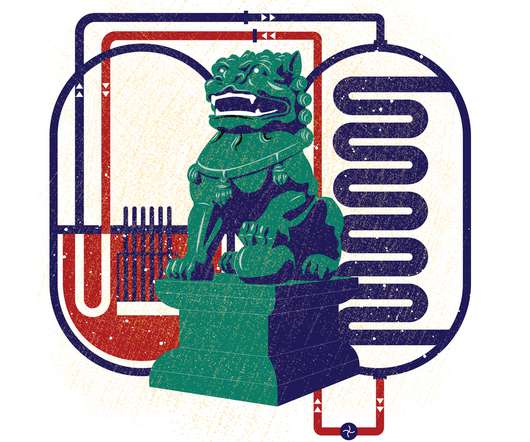
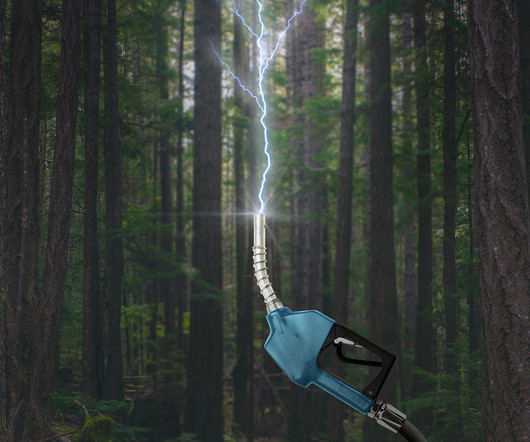






Let's personalize your content